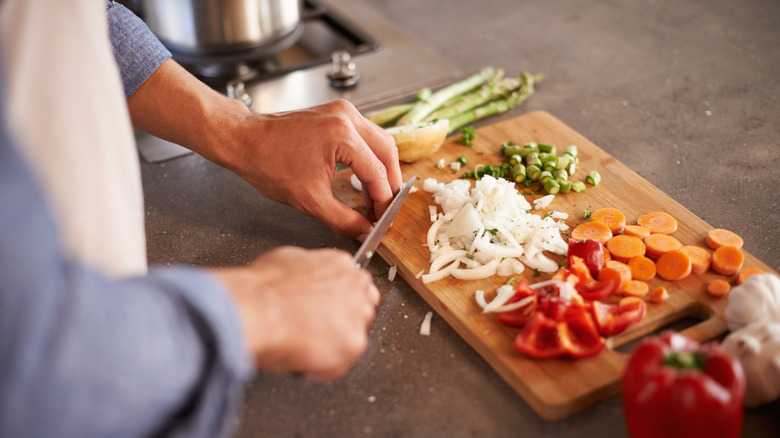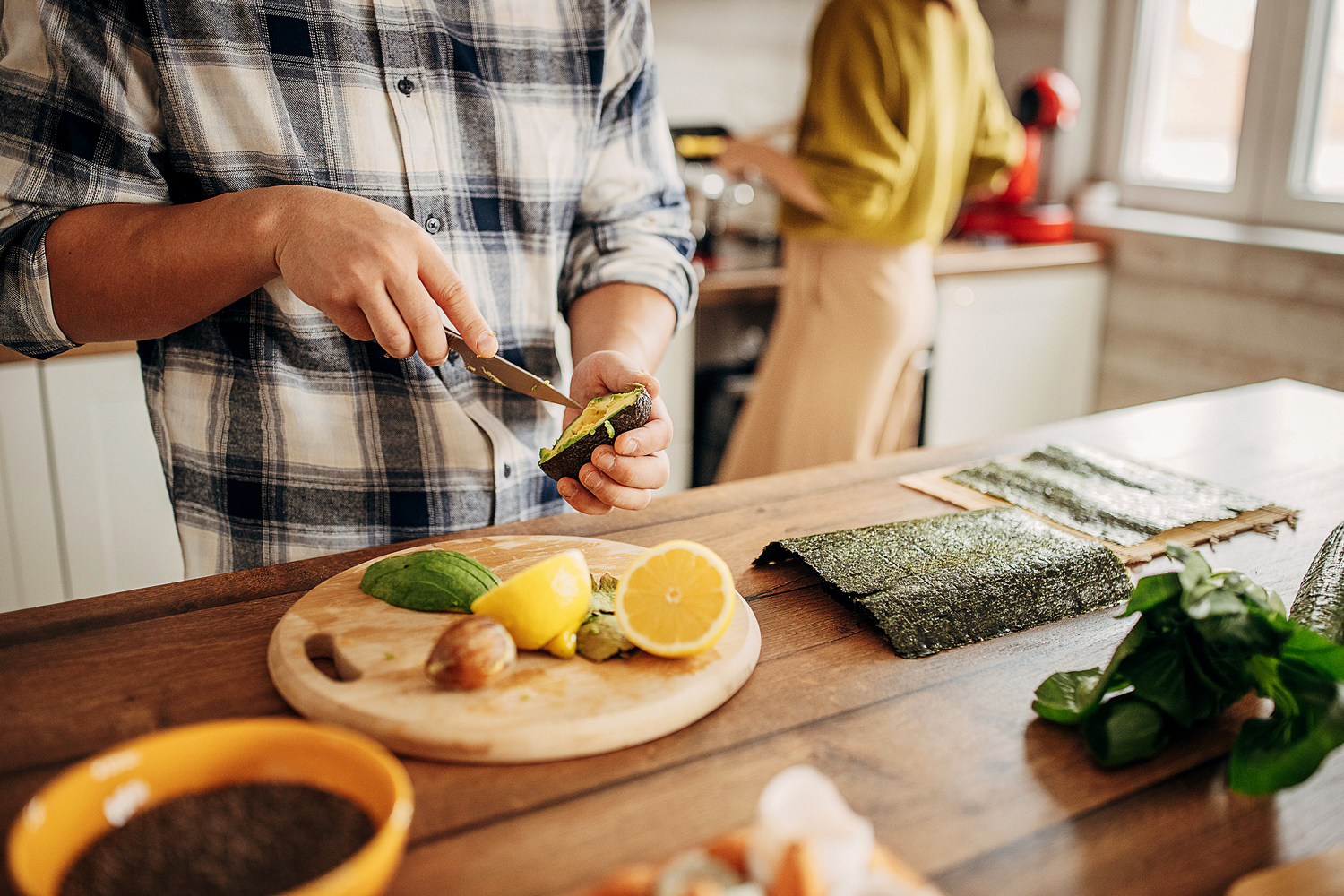If you're a kitchen professional, you understand that a cutting board is an indispensable tool in your culinary toolkit. It's where you slice, dice, and prepare your ingredients. However, over time, your cutting board may show signs of wear, and the natural color may fade. This is why you might be wondering how to darken a cutting board effectively.
Darkening a cutting board not only revives its aesthetic appeal but also adds a layer of protection, making it more resistant to stains and water damage. In this article, we will delve into certain unmissable and remarkable techniques that you can use to restore the striking color of your board. So, lets dive right in!

Why Darken a Cutting Board?
Darkening your cutting board has multiple benefits:
- Aesthetic Appeal: A newly darkened board looks visually stunning and more appealing in your kitchen.
- Protection: Darkening oils can seal the wood, providing a protective barrier against moisture.
- Longevity: Proper maintenance, including darkening, increases the lifespan of your board.
Types of Wood Cutting Boards
Before we discuss how to darken a cutting board, it's crucial to consider the type of wood used for your board:
- Maple: Commonly used for its durability and hardness.
- Walnut: Known for its rich colors and natural dark finish.
- Bamboo: A sustainable option but requires different care techniques.
Each wood type reacts differently to darkening methods, so it's essential to choose a technique that suits your specific board material.
Methods to Darken a Cutting Board
Lets explore various methods that are not only effective but also life-changing for your kitchen:
1. Oiling with Mineral Oil
One of the most straightforward ways to darken your cutting board is by using mineral oil. This method is terrific for maintaining and protecting your board.
- Start by cleaning your board with warm, soapy water. Dry it thoroughly.
- Apply a generous amount of mineral oil on the surface with a clean cloth.
- Let it sit for a few hours to allow the wood to absorb the oil.
- Wipe off any excess oil and let the board dry overnight.
2. Natural Stain Options
If you're looking for a more dramatic change, certain natural stains can enhance the color of your cutting board. A mixture of vinegar and steel wool can create a unique, dark hue.
- Place steel wool in a jar of vinegar and let it sit for 24 hours.
- Apply the natural stain to your board using a sponge.
- Allow it to dry before adding a layer of mineral oil for protection.
3. Using Coffee or Tea
Believe it or not, you can use coffee or tea to darken your cutting board in a more organic way!
- Brew a strong batch of coffee or steep black tea.
- Cool it down and apply it onto the cutting board with a cloth.
- Let it sit for an hour before rinsing and drying your board.
4. Commercial Wood Stains
For those who want a deep, rich color, commercial wood stains are an option. However, ensure they are food safe!
- Follow the manufacturer's instructions on application.
- Allow the stain to penetrate the wood for optimal results.
- Regularly reapply oils once the stain is set.
Maintenance Tips for Darkened Cutting Boards
To keep your cutting board in peak condition, follow these maintenance tips:
- Regular Cleaning: Keep your board clean by washing it with mild soap and water.
- Frequent Oiling: Oil your cutting board every month to maintain its color and protection.
- Avoid the Dishwasher: Never put your wooden board in a dishwasher.
Common FAQs
1. How often should I oil my cutting board?
It's best to oil your cutting board every month, depending on usage. More frequent use may require more frequent oil applications.
2. Will darkening affect food safety?
No, as long as you use food-safe oils and stains intended for use on cutting boards.
3. What should I avoid when caring for my cutting board?
Avoid soaking it in water or using harsh chemicals. Also, refrain from putting it in direct sunlight for long periods.

Conclusion
Knowing how to darken a cutting board is essential for maintaining not only its appearance but also its integrity. The methods above offer practical solutions that will keep your cutting board looking and performing its best. Remember, a well-maintained cutting board not only enhances your kitchens look but also contributes to safer food preparation. For more insightful tips, check out how to stop cutting board from sliding and what grit sandpaper to use.
As an Amazon Associate, I earn from qualifying purchases.


























